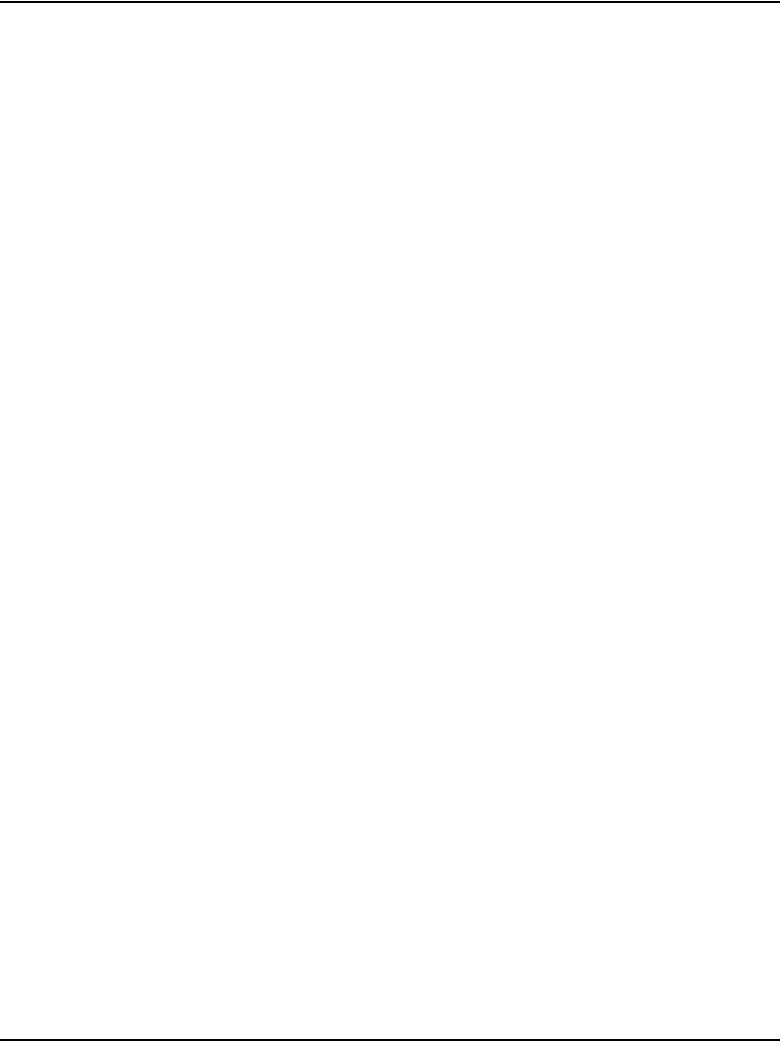User manual
Table Of Contents
- Title page
- New in this release
- List of Procedures
- How to get help
- Finding the latest updates on the Nortel web site
- System information
- Introduction
- Preparing for installation
- Placing the fourth module on a column
- Positioning and leveling equipment
- Installing AC power
- Installing overhead cable tray kits
- Installing DC power
- Contents
- DC-powered systems
- Candeo DC power systems
- Large Candeo modules
- Small Candeo modules
- Installation reference guide
- Configuration reference guide
- Safety ground/protective earth and logic return wiring
- Cabling and connecting the grounding leads
- Connecting the power plant frame ground (or safety ground) leads
- Four-Feed PDU
- Installing the Four-Feed PDU
- Installing safety ground/protective earth wiring
- Connecting power from the power plant to the PDU
- Connecting UK power to the Four-Feed PDU
- System monitor connections
- Planning and designating a Main Distribution Frame
- Installing Power Failure Transfer Units
- Configuring the system monitor
- Connecting a system terminal or modem
- Contents
- About the system terminal
- Connecting a terminal
- Connecting a terminal to a COM port
- Connecting a switch box and terminal to COM1 and COM2 ports
- Connecting a switch box and terminal to SDI and COM1 ports
- Connecting a modem
- Configuring a modem
- Connecting a modem to an SDI port
- Connecting a modem to switch box, COM2 ports, SDI ports
- Cabling Common Equipment in a Single Group system
- Contents
- Cabling guidelines
- Core/Net module
- Cabling the Core side
- Cabling the I/O panel
- Cabling the Network side
- Configuring and cabling the Clock Controllers
- Network Group 0: Shelf 0 to Shelf 1
- Connecting the 3PE faceplates in the Core/Net modules
- Inspecting CNI to 3PE factory installed cables
- Connecting the Core/Net backplanes
- Optioning the System Utility Card
- Connecting Core modules to a LAN
- Cabling Common Equipment in a Multi Group system
- Contents
- Cabling guidelines
- Core/Net module
- Cabling the Core/Net module backplane
- Disconnecting cables from the Core/Net module backplane
- Optioning the System Utility Card
- Core shelf cabling
- Installing the CP PIV to I/O panel cables
- Connecting the Core module to a LAN
- Cabling a Dual Ring Fiber Network
- FIJI card cabling
- Installing the Shelf 0 fiber optic ring (ascending)
- Installing the Shelf 1 fiber optic ring (descending)
- FIJI to FIJI cabling
- Connecting the Clock Controller cables
- Cabling network modules and loops
- Contents
- Network-to-network cabling
- Network module connections
- Network Group 0: Shelf 0 to Shelf 1
- Connecting the 3PE faceplates in the Core/Net modules
- Connecting the Core/Net backplanes
- Connecting Groups 1 through 7: Shelf 0 to Shelf 1
- Connecting the Network modules to the Core/Net modules
- Connecting the 3PE cables to the 3PE fanout panels
- Cabling a Superloop Network Card - single column
- Cabling a Superloop Network Card - multiple columns
- Cabling lines and trunks
- Powering up the system and initial loading
- Performing acceptance tests
- Installing earthquake bracing
- Adding a module to a column
- Installing a Signaling Server
- Contents
- Introduction
- Readiness checklist
- Installing the CP PM Signaling Server hardware
- Connections
- Installing the Signaling Server software
- First boot of a new Nortel CP PM Signaling Server
- Unpacking Help files for Virtual Terminal Emulator
- Logging in to the Signaling Server
- Verifying a successful configuration
- Testing the Leader Signaling Server
- Index

Installing DC power Page 101 of 458
Communication Server 1000M and Meridian 1 Large System Installation and Commissioning
Small Candeo modules
The Candeo platform uses a combination of modules or building blocks to
deliver custom configurations. The modules include:
• Rectifier 30/48
• Power shelves
• System Manager SP
• Distribution 300 panel
Rectifier 30/48
The Rectifier –48 V DC, 1500 W is a switch-mode rectifier that converts the
single-phase AC source at the input into an isolated, filtered, and regulated
DC power output (up to 30 A) used to feed the loads and to charge a positive
grounded battery. These rectifiers are of the plug-in type to facilitate their
installation, maintenance, replacement, and repair. Each rectifier is equipped
with a cooling fan that is field replaceable.
Designed to operate at a nominal input voltage of 110/120 or 208/240 V AC,
the rectifier will also operate over an input range of 75 V AC to 310 V AC (45
to 65 Hz) at reduced output power. The rectifier delivers full output power
when operating in environments ranging between –40°C (–40°F) and 55°C
(131°F).
The rectifier requires no adjustments. Under normal operation, operating
parameters of the rectifiers in a system, such as float voltage and boost
voltage, are entirely configured and controlled by the System Manager SP.
Power shelves
The Candeo SP48300 can have either one or two power shelves. The initial
power shelf provides five rectifier positions and one system manager
position, while the supplementary power shelf has six rectifier positions and
an optional AC interface box for front access applications. Each rectifier
position provides interconnection points for the AC input, the DC output, and
the control and alarm data bus (CAN protocol).
The total output capacity of the system is 300 A. The output capacity of the
initial shelf is 150 A (five rectifiers delivering 30 A each). The output










